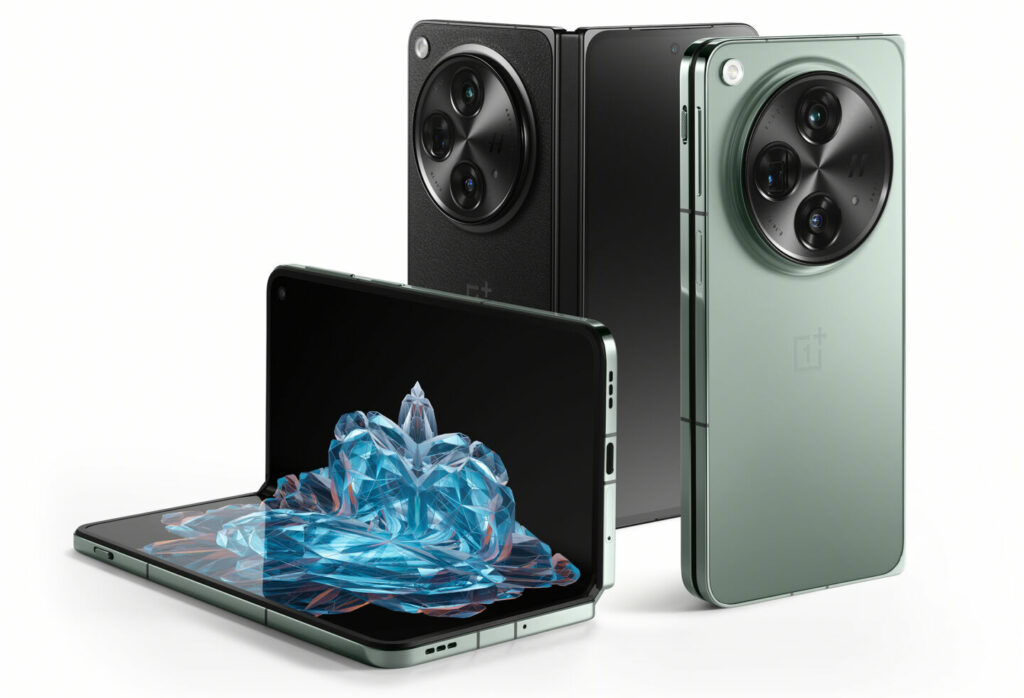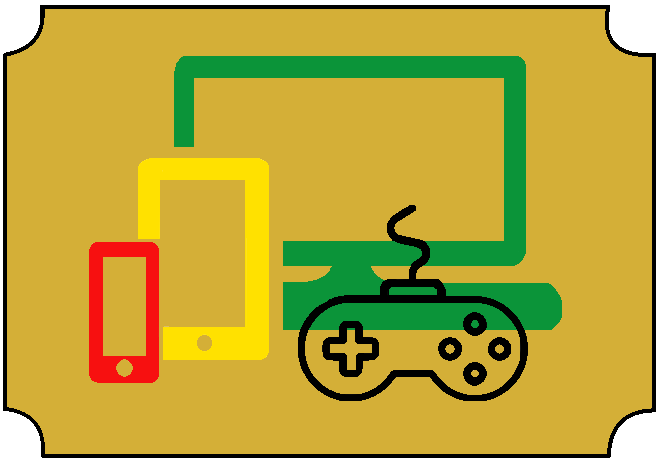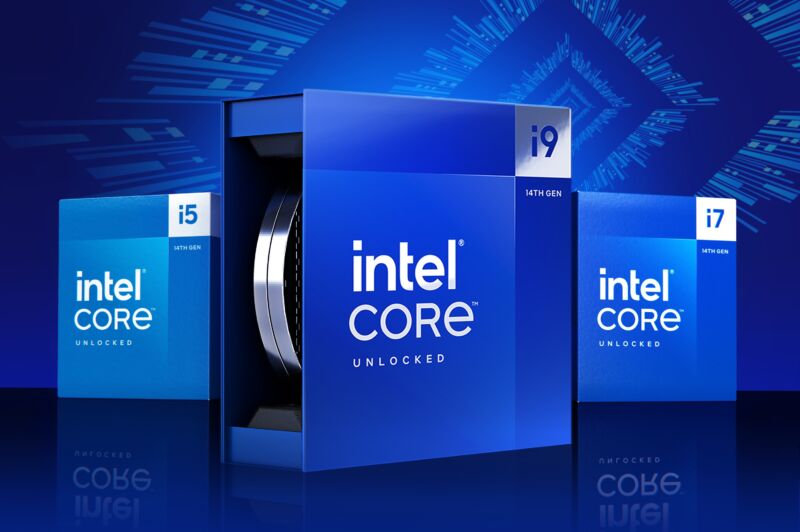All of my opinions are italicized and sources are in blue.
As reported by ArsTechnica,
Intel’s new desktop processor generations haven’t always come with significant generational improvements in recent years, as the company has struggled with new manufacturing tech that enables big leaps in performance and power efficiency.
Intel is officially launching its 14th-generation desktop processors today, and they’re firmly in that iterative, non-thrilling group, even compared to last year’s 13th-generation chips. The good news for price-conscious PC builders is that they’ll continue to work in all current 600- and 700-series motherboards after a BIOS update, and Intel isn’t launching a series of new motherboards to accompany them—there aren’t many compelling reasons to upgrade from a 12th-gen setup to a 14th-gen one, but it’s an available option.
The 13th-generation refresh, codenamed Raptor Lake, made small but notable changes to the Alder Lake architecture. In the high-end chips, Intel boosted the maximum number of E-cores and added extra L2 and L3 cache, in addition to small clock speed increases. Power budgets generally went up a bit, too. (For some lower-end chips, primarily non-overclockable chips at the i5 tier and below, Intel kept the Alder Lake architecture fully intact, adding a few E-cores and boosting clock speeds but not actually changing the silicon.)
The 14th-generation CPUs are just Raptor Lake again—no additional E-cores at the high-end, no additional cache, no increase in officially supported memory speeds, and no increase in the default power requirements. Base and Turbo clock speeds across the P- and E-cores increase by 100 or 200 MHz, but that’s it. The integrated Intel UHD 770 GPU is also unchanged.

As reported by Tom’s Hardware,
A recently-submitted bill in the New York State assembly would require anyone who buys a 3D printer to undergo a criminal background check which could take up to 15 days to complete. Sponsored by Assemblymember Jenifer Rajkumar, bill A8132 would target any “three-dimensional printer sold in this state, which is capable of printing a firearm, or any components of a firearm” and require retailers in the state to request a criminal history from the state’s division of criminal justice services.
While the goal of bill A8132 seems to be preventing the manufacture of so-called ghost guns — unregistered firearms made at home — it actually would restrict the sale of pretty much any consumer 3D printer in the state.
For better or worse, 3D printing the parts to put together a gun isn’t particularly difficult. There are a slew of 3D model files online you can get for free and output in standard filaments such as PLA or ABS. However, guns that can withstand being fired more than a couple of times usually require some metal parts that can’t be 3D printed (unless you have a very pricey metal 3D printer).
Bill A8132 is still in committee and may never make it to a floor vote, let alone becoming law. (The bill is currently open to comments.) However, if it was passed as currently written, buying a 3D printer in New York State would be much more difficult, and likely more expensive too.
As reported by Macworld,
The new Apple Pencil, stylized “Apple Pencil (USB-C),” is priced at $79, $20 less than the 1st-gen model and $50 less than the 2nd-gen model. It includes some of the same features as the prior models (including low latency and tilt sensitivity) but is also missing pressure sensitivity and wireless charging. And it’s not compatible with the 9th-gen iPad.
To sum up: The brand-new Apple Pencil isn’t as good as the 2nd-gen Apple Pencil from 2018 and doesn’t even have all of the same features of the 1st-gen Apple Pencil from 2016. It’s cheaper than both but isn’t compatible with the entry-level iPad. And it attaches magnetically to the side of the iPad for storage like the 2nd-gen model but still needs a cable to charge. The new Apple Pencil (USB-C) is also shorter than both the 1st-gen and 2nd-gen models (6.10 inches vs 6.92 inches and 6.53 inches), and is the only model with a port for charging. And you can’t engrave it.
Confused yet? You should be. Just like the iPad lineup itself, buying an Apple Pencil now requires a close study of a comparison chart. Got a 10th-gen iPad? You can’t buy the 2nd-gen Pencil and probably shouldn’t buy the 1st-gen Pencil, but you’re not getting pressure sensitivity with the USB-C Pencil. Got a Pro? Is pressure sensitivity, wireless charging, and double-tap to change tools worth $50? Got an iPad with a Home button? You’re still stuck buying an Apple Pencil that costs roughly a third of your device.
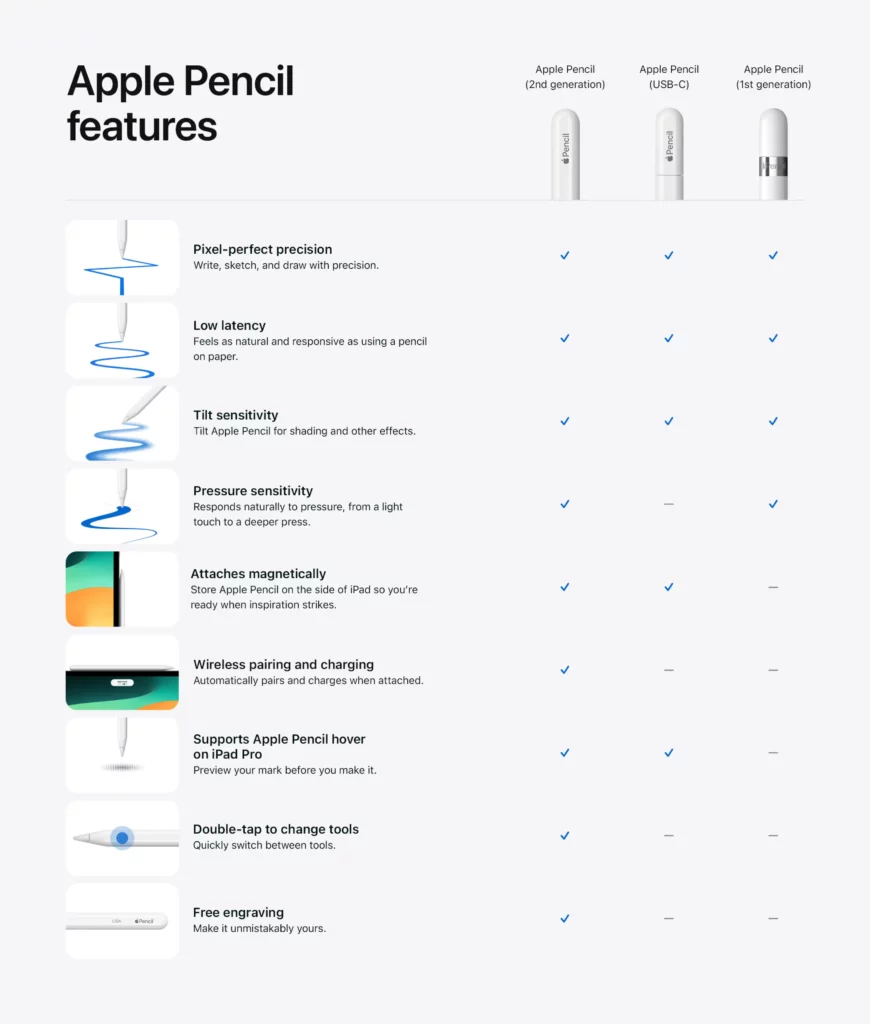
As reported by AnandTech,
Having just recently crossed the one-year anniversary of AMD’s first Zen 4 architecture CPUs – the Ryzen 7000 series – we’re now at the point where the final Zen 4 products are landing in place. Thus far AMD has launched consumer desktop CPUs, multiple classes of mobile CPUs, and a bevy of server CPUs big (Genoa) and small (Siena). The one remaining gap in AMD’s product roadmap has been the workstation and high-end desktop market, which AMD will be filling next month with the launch of a pair of Threadripper product lineups.
Being announced today by AMD for a November 21st launch, this morning AMD is taking the wraps off of their Ryzen 7000 Threadripper CPUs. These high-end chips are being split up into two product lines, with AMD assembling the workstation-focused Ryzen Threadripper 7000 Pro series, as well as the non-pro Ryzen Threadripper 7000 series for the more consumer-ish high-end desktop (HEDT) market. Both chip lines are based on AMD’s tried and true Zen 4 architecture – derivatives of AMD’s EPYC server processors – incorporating AMD’s Zen 4 chiplets and a discrete I/O dies. As with previous generations of Threadripper parts, we’re essentially looking at the desktop version of AMD’s EPYC hardware.
With both product lines, AMD is targeting customer bases that need CPUs more powerful than a desktop Ryzen processor, but not as exotic (or expensive) as AMD’s server wares. This means chips with lots and lots of CPU cores – up to 96 in the case of the Threadripper 7000 Pro series – as well as support for a good deal more I/O and memory. The amount varies with the specific chip lineup, but both leave Ryzen 7000 and its 16 cores and 24 PCIe lanes in the dust.
A lot more information can be found in AnandTech’s article.
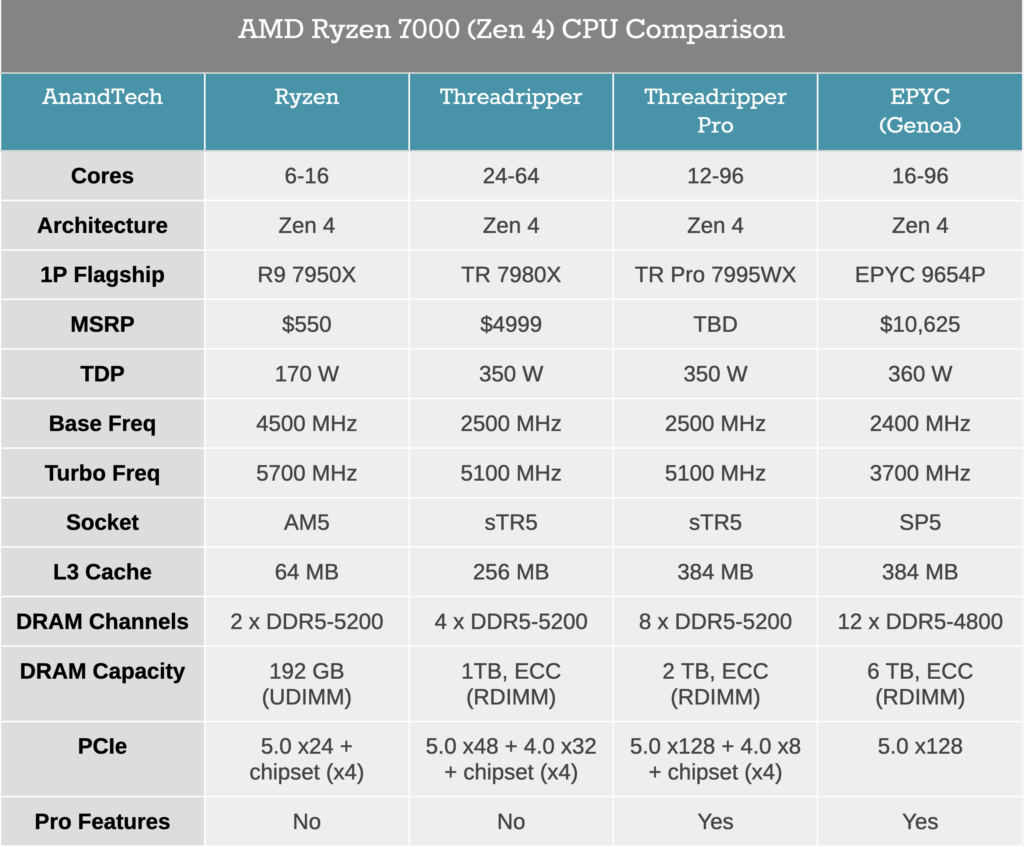
As reported by ArsTechnica,
The reason the Oppo Find N3 and OnePlus Open are the same phone is because they are owned by the same parent company, BBK Electronics.
OnePlus’ first foldable is the “OnePlus Open,” a new device that launches October 26 in the US for $1,699. This is a tablet-style foldable with a 7.82-inch, 120 Hz, 2440×2268 OLED display on the inside and a 6.31-inch, 120 Hz, 2484×1116 OLED on the front.
Size and weight are a big concern for foldables since they are a lot to carry around and fit into a pocket. OnePlus is tackling that with a very impressive 239 g weigh-in—that’s less than an iPhone 14 Pro Max, which sets a high point for slab phones at 240 g. On the heavier end of foldables, we have the Pixel Fold, which has a smaller screen (7.6 inches) yet weighs 283 g. The OnePlus Open is 11.7 mm thick when folded up, another impressively compact number for foldables compared to the Pixel Fold (12.1 mm) and Galaxy Fold 4 (15.8 mm).
The battery hasn’t been sacrificed to hit these compact numbers, either. At 4805 mAh, it’s on par with the Pixel Fold and more than the Galaxy Fold 4 (4400 mAh). Of course, because this is a OnePlus device, it will charge faster than most other foldables, with proprietary 67 W “SuperVOOC” charging. Foldables can burn down their battery pretty quickly, but that’s less of a concern when the battery charges from 1 to 100 percent in 42 minutes.
Other specs include a Snapdragon 8 gen 2 SoC, 16GB of RAM, 512GB of UFS 4.0 storage, and five cameras (three rear, one front, one inside). There’s a side fingerprint reader in the power button and OnePlus’ usual physical mute switch. Water resistance is only at IPx4—so it’s splash-resistant but not submersible. OnePlus promises four years of major Android OS updates and five years of (probably not monthly) security updates.
